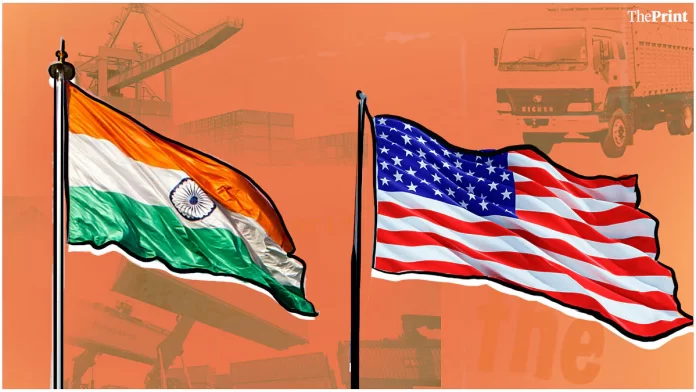New Delhi: In a significant development, the US has finally removed three Indian nuclear entities from its restricted trade lists that will now allow both countries to collaborate on advanced energy cooperation.
This comes nearly 16 years after India and the US signed a landmark civil nuclear deal.
In a statement released Wednesday, the US Department of Commerce’s Bureau of Industry and Security (BIS) dropped Indian Rare Earths, Indira Gandhi Atomic Research Center (IGCAR), and Bhabha Atomic Research Center (BARC).
The US National Security Adviser (NSA) Jake Sullivan had announced this development last week.
“The removal of the three Indian entities will enable closer cooperation between the United States and India to secure more resilient critical minerals and clean energy supply chains,” said Principal Deputy Assistant Secretary of Commerce for Export Administration Matthew Borman in the statement.
“This action aligns with and supports the overall ambition and strategic direction of the US-India partnership.”
During his visit to India in January, Sullivan had said the US was finalising the necessary steps to remove regulations that have prevented civil nuclear cooperation between India’s leading nuclear entities and US companies.
At an address at Indian Institute of Technology Delhi on 6 January, he said, “This will be an opportunity to turn the page on some of the frictions of the past.”
With Donald Trump taking office on 20 January, it was Sullivan’s last visit to India as NSA.
As ThePrint reported earlier, the easing of regulations will mark a new phase in Washington’s slow pivot from stymying the development of India’s nuclear programme. It imposed restrictions on over 200 entities after India’s nuclear tests in 1998.
Also read: ‘Samosa Caucus’: Indian-Americans up tally in US House as Republicans hold edge in tight race
Move will encourage R&D ties
A major change in Washington’s attitude began with the announcement of a civil nuclear deal on 18 July, 2005, between the governments of former prime minister Manmohan Singh and US president George W. Bush. Under the deal , formally inked in 2008, India gained an exemption from the Nuclear Suppliers’ Group (NSG) in exchange for allowing the International Atomic Energy Agency (IAEA) to inspect India’s civilian reactors.Though it had removed restrictions on many Indian entities, the restrictions on those under the Department of Atomic Energy have remained till now.
Though the present move will encourage more research and development and science and technology cooperation, there remain concerns over India’s nuclear liability framework. The Civil Liability for Nuclear Damage Act (CLNDA) places no-fault liability on nuclear plant operators while allowing them to seek legal recourse against suppliers for defective products or technology.
In 2015, Prime Minister Narendra Modi and US President Barack Obama agreed to a deal that limits the liability of US suppliers in the case of a nuclear power plant accident with India agreeing to set up an insurance pool.
The two countries agreed to build six nuclear power plants in India in 2019.
The lifting of restrictions could boost India’s ambition of joining the NSG, a multilateral nuclear export control arrangement, as well as expansion of its nuclear power capacity. India aims to triple nuclear power generation capacity by 2030 from the present 7.5 GW.
(Edited by Tikli Basu)
Also read: Top Chinese economist who ‘criticised Xi’ is latest in long list of disappearances






